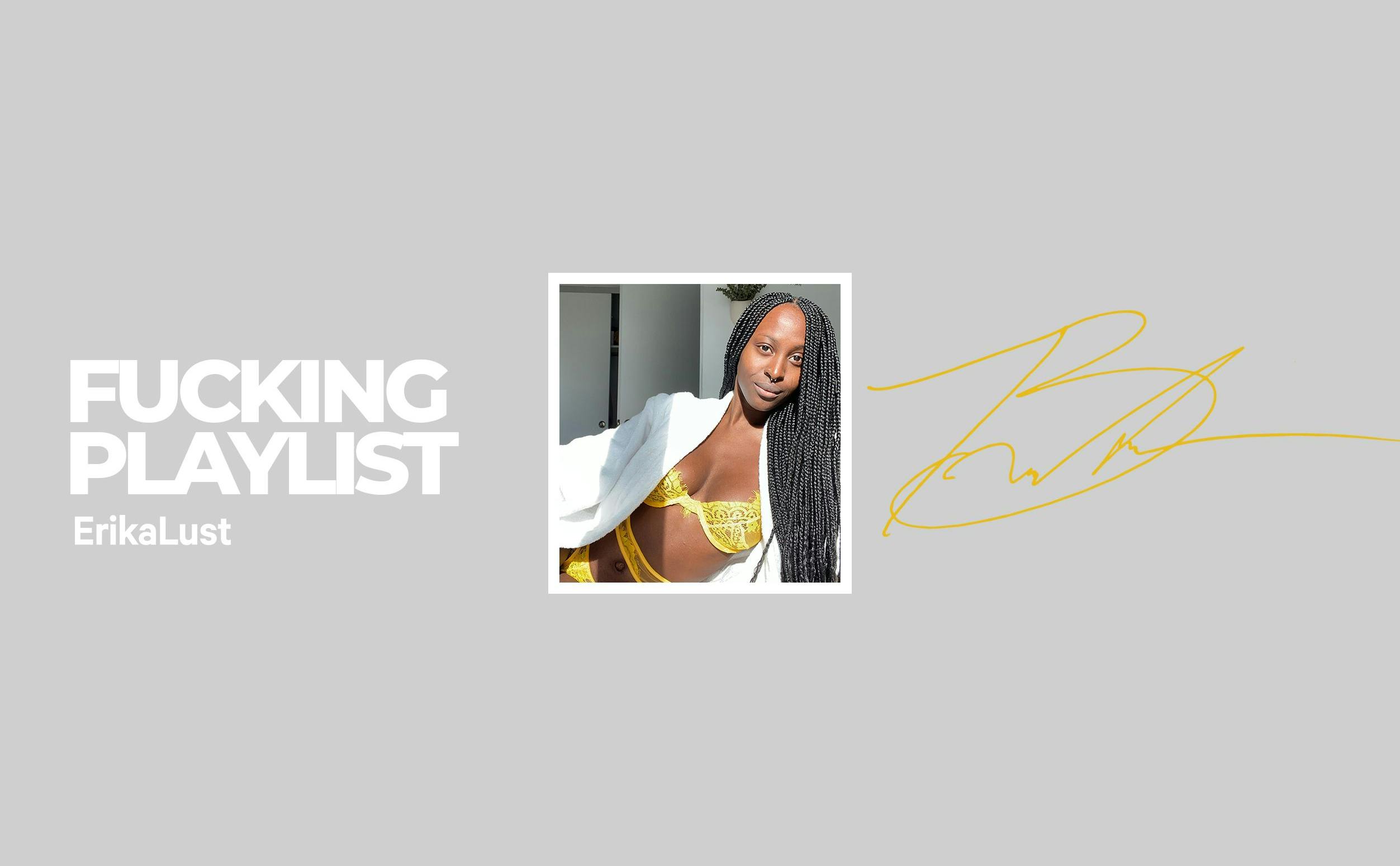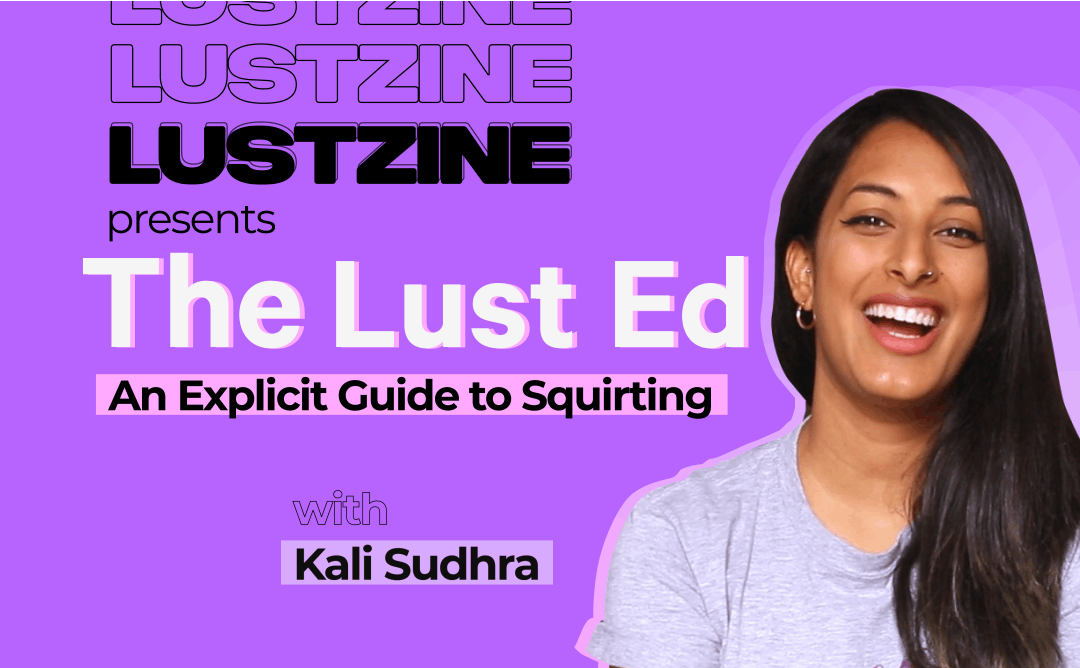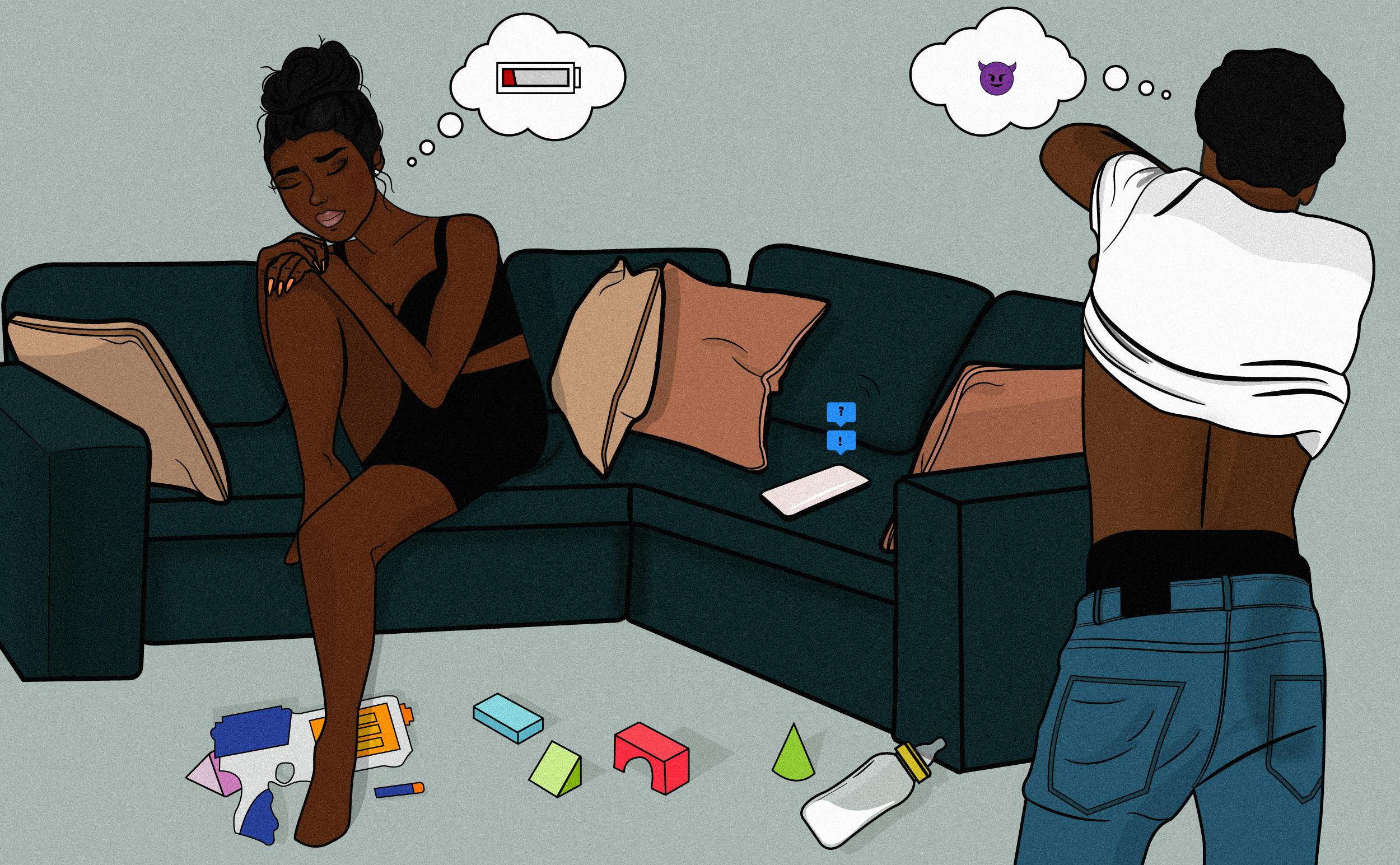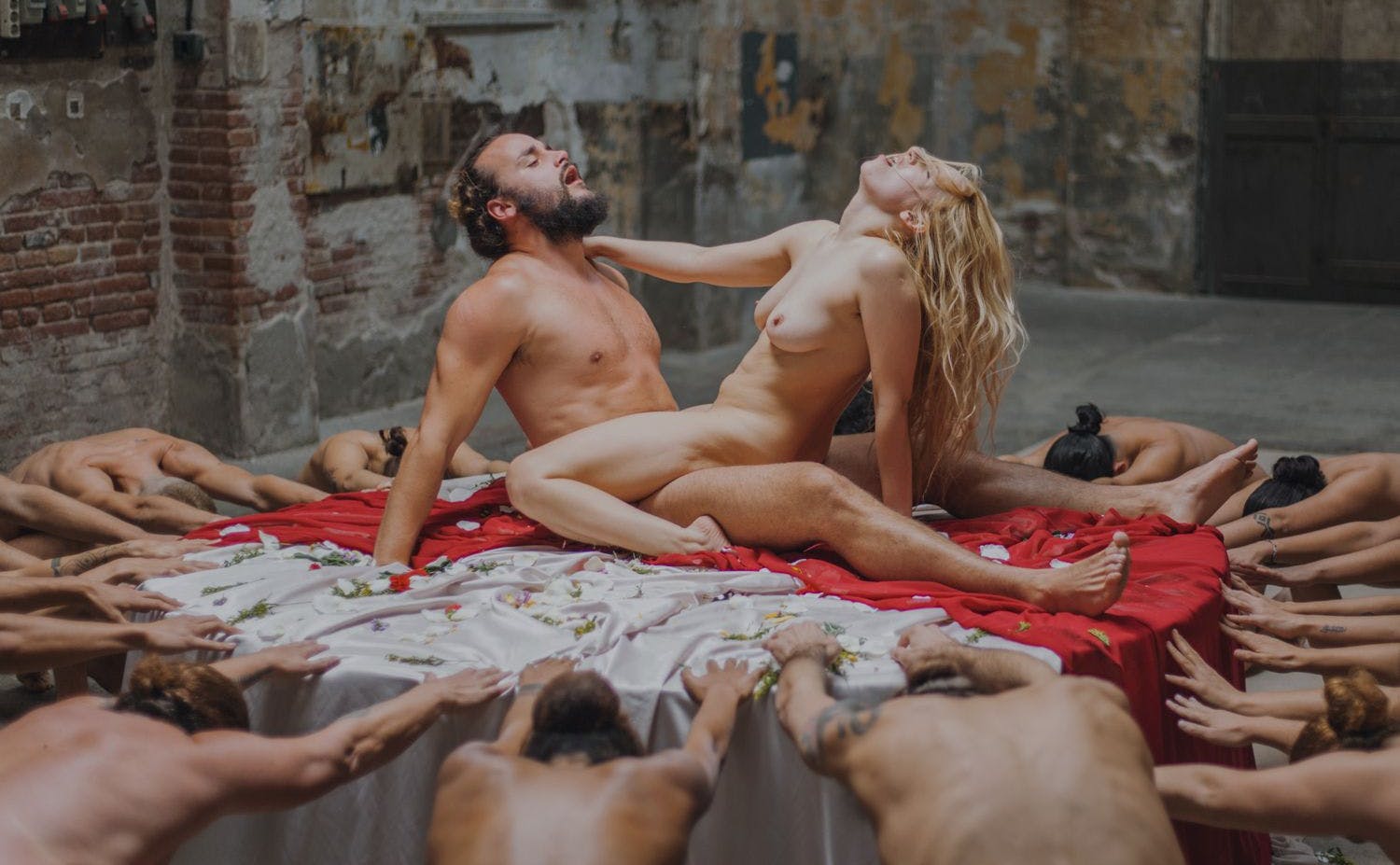A Case for Genre
A Case for Genre
The Visual Language of Early-Mid 2000’s Studio Porn
The Visual Language of Early-Mid 2000’s Studio Porn
Mainstream Categorization in the Adult Industry
Categorization is a tricky thing in pornography- what would otherwise be a relatively straightforward UX design question begets decades of debate when it comes to an adult site. On most mainstream platforms, tags and navigation buttons act as visible evidence of some of the adult industry’s stickier elements, reducing thousands of clips down to the physical attributes of their lead performers. As with so many other areas of tech, cisheteronormative power dynamics are written into the structure of these sites, with nonwhite, noncis performers getting classifications based on race and genitalia that aren’t applied to their cis, white counterparts. Category names themselves can be home to harmful terminology- or even flat-out slurs, employed and sustained with the hope that people won’t expect better politics from a porn site.
Alternate Categorization
Some of the more progressive platforms have attempted to move away from this practice by implementing a sex act-based approach, categorizing scenes by the mechanics of what takes place rather than what the performers look like.
This is an improvement- it alleviates issues around performers being reduced to their physical characteristics and gives people a better understanding of what they’re actually going to see when they click on a thumbnail.
It works particularly well for the type of porn consumption made popular by the internet’s nurturing of aggregate sites and forums dominated by piracy. People wouldn’t often upload an entire production- that would take too much bandwidth. Instead, releases were chopped into their most salacious elements and reuploaded as a sort of sexual taster’s plate for analysis and illegal redistribution.
Pirated, clip-based porn consumption became the standard, and people grew to expect short clips- usually for free- where “the action” happened singularly and almost immediately. Instead of going on a narrative journey where multiple sex acts/performers would be highlighted throughout a roughly 40-120 minute runtime, most people began associating porn with 6-10 minute clips that featured, at most, a few positions.
It’s because of that limited scope that sex-act-based categorization has its limits. It’s funny to think about a platform like Netflix arranging itself similarly, forcing consumers to find a movie through options like “fistfight,” or “pensive glance.” Pornography is, at its best, more than just a series of sex acts strung together- like mainstream cinema, there’s a magic to it, something gluing everything together that makes it work. For lack of a better word, there’s a vibe.
Low investment, low payoff porn is losing its magic. People are looking for romance again, they’re more willing to pay for what they see, to put something in to get something great out.
"Pornography is, at its best, more than just a series of sex acts strung together- like mainstream cinema, there’s a magic to it, something gluing everything together that makes it work"
On Genre
In mainstream film, we most frequently categorize based on genre- defined loosely as something produced following a particular style. Pornography has genre, too- parody (imitating an element of popular culture), for example, or hentai (animation)- but those genres are broad, and don’t necessarily speak to the visual language gestured towards in mainstream genres like gothic romance or spaghetti western.
While style in pornography might not be what people are necessarily focusing on- that doesn’t mean it doesn’t exist. There are distinct visual languages within pornography, specific to pornography as a medium and developed over decades of production. Those who are looking to develop a more holistic relationship to their porn consumption- eager for something beyond a Costco-sample array of sex acts or body types- would do well to inform themselves of them.
Due to the deprecation of porn film budgets over the last 50 years, set design, costuming, and makeup can in some productions take a backseat to necessary expenses like location and performers. Often, this means production environments can be one of the most influential forces in how a porn film looks and how it interacts with a larger library of work.
"There are distinct visual languages within pornography, specific to pornography as a medium and developed over decades of production."
The Naughty Noughties
By the early 2000s for example, mainstream pornography production had moved away from some of the more common Midwestern expanses found in pornography of the 1970s and ’80s and established itself in “porn valley,” a colloquialism used to refer to a specific part of Northern Los Angeles (the San Fernando Valley), home to multiple major production studios and locations.
As a result, the architecture seen in pornography from 2000-2010 is distinct, with hundreds of shoots held in similar (if not the same) locations. Big, modern Americana windows looking out onto West Coast foliage, white walls lent themselves well to film in, and backyard pools were commonplace and frequently featured. Production was dominated by a few major studios, resulting in consistent lighting and angle choices. Pornography in the early 2000’s was often extremely well-lit, combining natural lighting (from those big windows) with high-intensity film lights set up to provide a flat, high-contrast look.
Furthermore, performers themselves are informed by the era's styles, with pin-straight hair, chunky highlights, heavy eyeliner, and acrylic nails acting as props in their own right. The bushes from “Golden Age” porn had given way to shiny-bald Brazilian waxes, plastic surgery had just started to become accessible with terms like “bolt-on” entering the zeitgeist.
The result is a body of work from the early to mid-2000s that is so visually consistent, it’s been referenced in mainstream film, articles and art pieces.
Mainstream film has done backflips to separate itself from pornography even when employing non-simulated sex. If this is true- that something separates mainstream film from pornography beyond just nonsimulated sex- then the same is true in the inverse. There is something special about pornography- a culture, with visual language and reference and depth- beyond the sex it depicts. Analyzing what exactly that magic is helps us appreciate pornography as an artistic medium in its own right, with unique opportunity for expression and exploration.
"There is something special about pornography- a culture, with visual language and reference and depth- beyond the sex it depicts."

GET A FREE MOVIE















